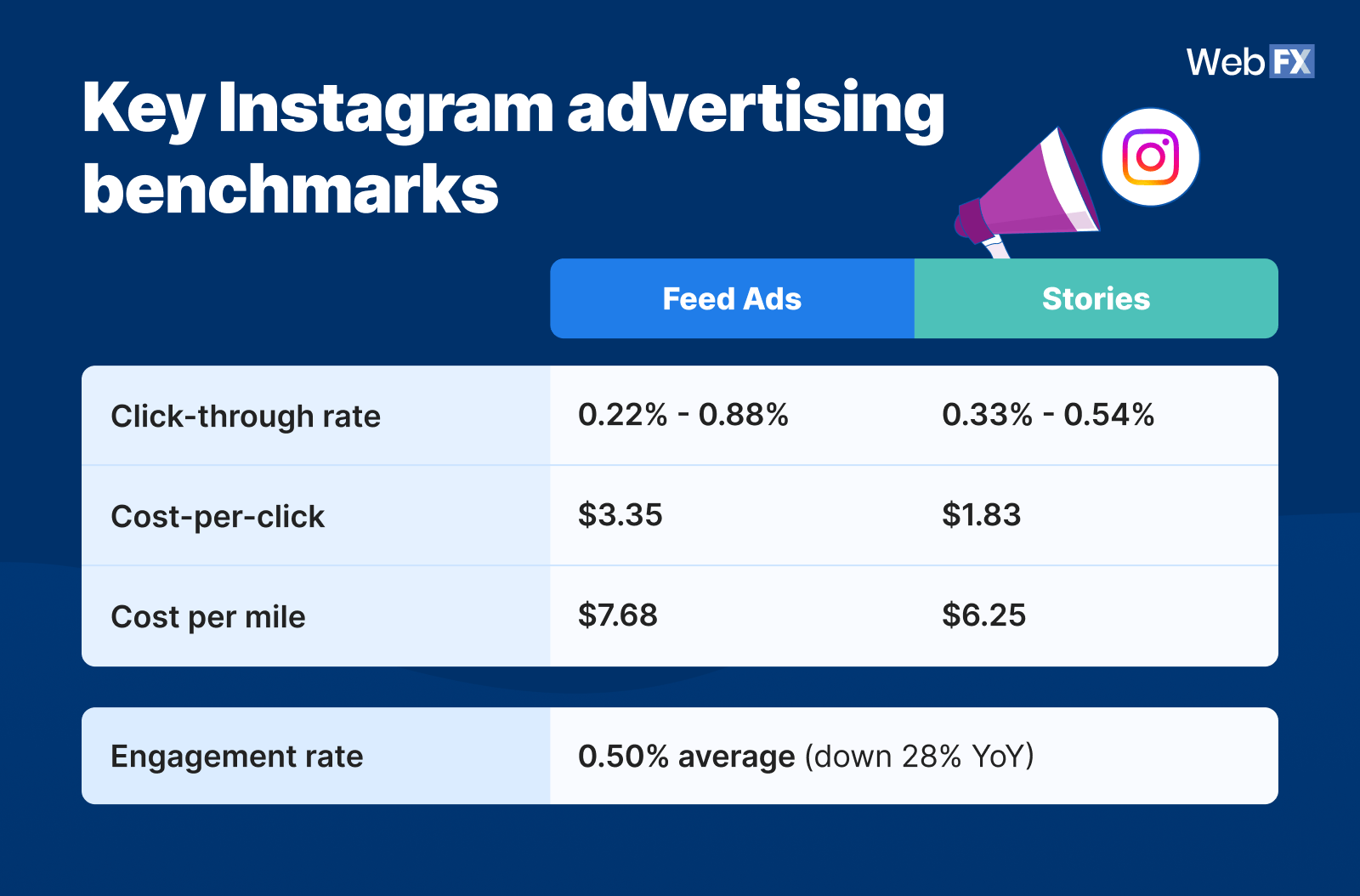FAQs about Meta marketing benchmarks
What are Meta marketing benchmarks?
Meta marketing benchmarks are average performance metrics for Facebook and Instagram ads across industries. They help advertisers compare their campaign results, like CTR, CPC, and ROAS to industry standards and identify areas for optimization.
Why are Instagram ad costs higher than Facebook?
Instagram CPCs average $3.35 for Feed ads and $1.83 for Stories—higher than Facebook’s rates—because Instagram has a more engaged but premium audience, fierce competition, and users who scroll more casually, resulting in fewer clicks per dollar spent.
What ROAS should you aim for on Meta platforms?
A Facebook ROAS of 2.79 means earning $2.79 for every $1 spent on ads, with rates between 3–5 considered healthy for most industries, while anything below 2 suggests campaigns may not be profitable after factoring in advertising costs.
How often do Meta advertising benchmarks change?
Benchmarks shift throughout the year based on factors like ad competition, seasonality, platform algorithm updates, and consumer behavior. Reviewing them quarterly ensures your strategy stays competitive.
Where can I find updated Meta benchmarks?
You can bookmark this page for the latest 2024–2025 Meta benchmark updates or reach out to WebFX for personalized performance insights tailored to your industry.
🔽 Table view
| Click-through rate | 0.72%–1.49% across industries |
| Cost-per-click | $1.06–$1.72 average |
| Cost per mile | $7.47 average |
| Conversion rate | 2–14% depending on industry |
| Return on Ad Spend (ROAS) | 2.79 average across industries |
🔽 Table view
| Click-through rate | 0.22% – 0.88% for Feed ads
0.33% – 0.54% for stories |
| Cost-per-click | $3.35 for Feed ads
$1.83 for story ads |
| Cost per mile | $7.68 for Feed ads
$6.25 for stories |
| Engagement rate | 0.50% average (down 28% YoY) |










